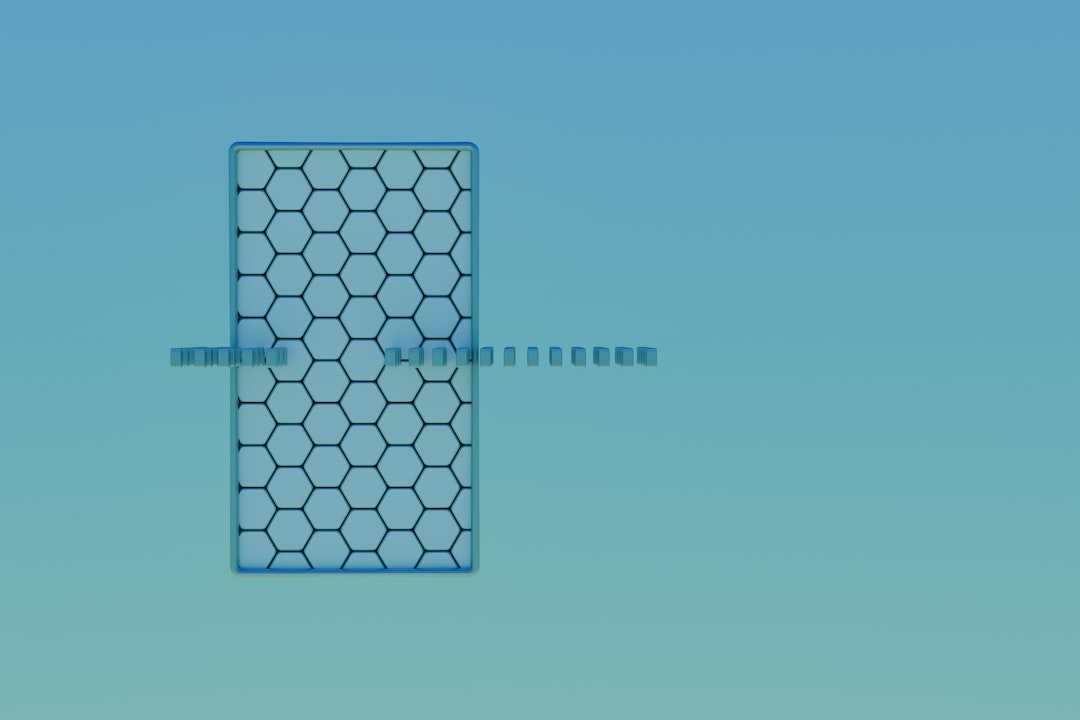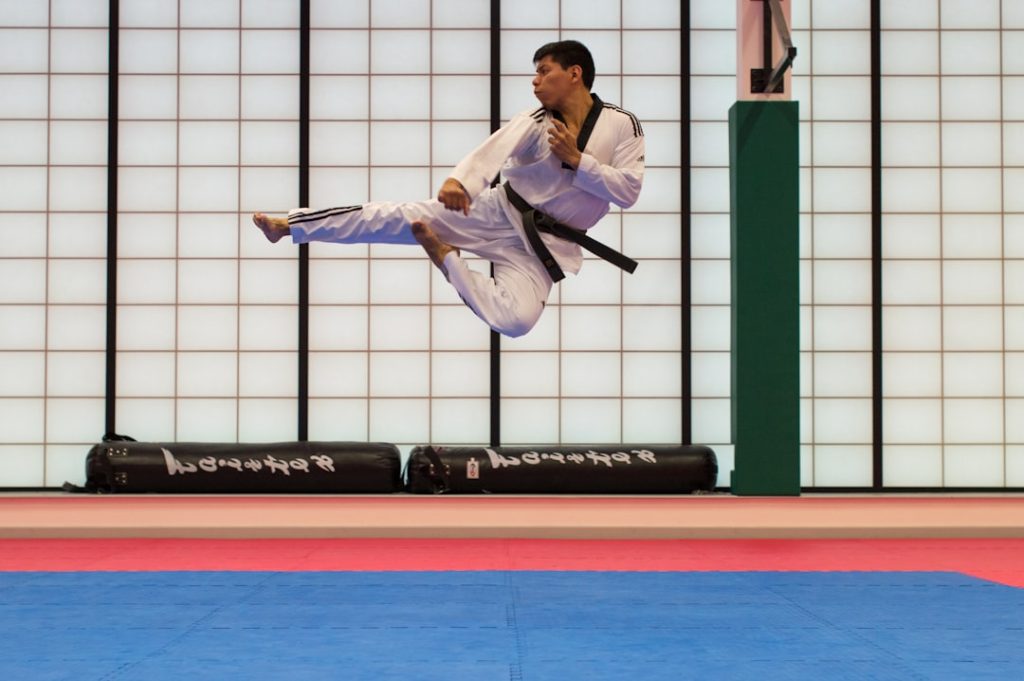Volleyball is a fast-paced, high-intensity sport that demands exceptional athleticism, coordination, and mental toughness. Each position on the court plays a critical role, and players are often specialized with years of training to master their responsibilities. But which position stands out as the most challenging?
TL;DR — Too Long, Didn’t Read
While every volleyball position has its own demands, the setter is generally considered the hardest due to the mental focus, technical precision, and leadership required on the court. The libero follows closely with its physically grueling, defensive role. Hitters and blockers also face substantial challenges, but their duties are more narrowly focused. Rankings can vary depending on play style and team dynamics.
The Criteria for Measuring Difficulty
Determining the hardest position in volleyball involves considering several different factors:
- Physical Demands: Jumping, diving, endurance, and power output.
- Mental Pressure: Decision-making under stress and the cognitive load of directing play.
- Technical Skill: Precision, consistency, and coordination across numerous situations.
- Impact on Team Success: How critical the role is to winning points and maintaining momentum.
Ranked: Volleyball Positions from Least to Most Difficult
6. Defensive Specialist
While important to a team’s defense, the defensive specialist (DS) is often considered the least challenging role among the specialized positions.
- Primary Role: Serving and receiving in the back row.
- Skills Required: Ball control, passing accuracy, and positioning awareness.
DS players usually rotate in and out of the game and are not on the court as frequently as others. This limits the physical and strategic pressure they experience. That said, exceptional DS players often help stabilize a team’s rotation and bring consistency in serve receive.
5. Outside Hitter (Left Side)
Outside hitters are often the go-to attackers, especially in high-pressure situations. However, their role is somewhat more predictable than other attacker positions.
- Primary Role: Front-row and back-row attacks, serve receive defense.
- Skills Required: Power hitting, passing, blocking, and stamina.
The outside hitter must be very versatile, but their offensive patterns and placement are more straightforward than that of a setter or libero. Because many plays are funneled to the left side, it’s a high-volume role, but the repetition sometimes makes their decision-making process more linear.
4. Opposite Hitter (Right Side)
The opposite hitter (or “oppo”) typically deals with fewer serve receive responsibilities but takes on a large share of the offense and frontline blocking against the opponent’s strongest hitters.
- Primary Role: Scoring on the right side and blocking the opposing outside hitter.
- Skills Required: Power, timing, high-block efficiency, and tactical hitting.
What makes this role challenging is the need for strong offensive output combined with critical blocking responsibilities. However, they are less multitasking-oriented compared to liberos and setters.
3. Middle Blocker
Middles are powerhouse blockers and quick-attack hitters who play a pivotal role defensively and offensively.
- Primary Role: Blocking in all rotations and quick middle hits.
- Skills Required: Lightning-fast reaction time, vertical leap, on-the-fly coordination with setter.
This position requires constant movement along the net and precise timing on both blocks and attacks. Because most quick attacks happen in milliseconds, the middle blocker must practice nearly flawless anticipation and timing with the setter.

The rhythm established between the middle and the setter is delicate — one false step and the attack opportunity disappears. Their high physical workload, particularly in fast-paced collegiate and professional matches, adds to the role’s complexity.
2. Libero
The libero is the defensive cornerstone of any volleyball team, specializing in passing, digs, and serve reception. Although they cannot attack or serve traditionally, their impact is enormous.
- Primary Role: Precision passing and floor defense, especially in serve receive.
- Skills Required: Reactivity, court vision, stamina, and communication.
What makes the libero role so difficult?
- Quick Decision-Making: Libero must read and react to spikes, tips, and fast serves instantly.
- Mental Unforgiveness: One mistake can lead to an immediate point for the opponent.
- Physical Wear: Diving, sprawling, and maintaining constant low-posture movements.
Unlike front-row players who get respite when rotating out, liberos remain on the court nearly the entire game. Their agility, near-flawless ball control, and unselfish positioning are vital. Yet, they rarely receive the spotlight for their efforts.
1. Setter (The Brain of the Team)
The setter is widely considered the hardest position in volleyball for multiple compelling reasons. They are, essentially, the quarterback of the volleyball court.
- Primary Role: Orchestrating offensive plays by delivering accurate sets under all conditions.
- Skills Required: Hand precision, decision-making, leadership, and full-court awareness.
Here’s why the setter tops the list:
- Complex Decision-Making: Setters must choose the best hitter in less than a second while calculating blocker positions, opponent weaknesses, and offensive rhythm.
- Unpredictable Movement: They handle second ball regardless of the first pass’s quality, which often places them in awkward or off-balance positions.
- Game Tempo Control: They dictate the offensive cadence, which heavily influences the entire match’s momentum.

In high-level competition, scouting reports and opponent reads force setters to vary set types, locations, and speed constantly. One poorly executed set can turn into a lost rally, or worse, an injury for the hitter.
The cognitive load, leadership pressure, and technical finesse required make this role incomparable in difficulty. A great setter makes their team shine; a weak one limits offensive fluidity even with top-tier attackers around.
Final Thoughts: Every Role Has Its Weight
While the setter is often the hardest position due to its mental and technical demands, it’s important to note that no position in volleyball is “easy.” Each player brings integral skills and responsibilities to the court. A well-oiled team functions like a machine — where every gear, no matter how small or large, affects the entire operation.
Ultimately, the difficulty of a position can also hinge on the player’s strengths. For example, someone with quick reflexes might thrive as a libero, while a tall, powerful athlete may find a natural fit as a middle blocker. Still, the setter stands as the most complex and demanding role across all levels of play.

Understanding these position-based challenges not only builds appreciation for the athletes but also provides aspiring players better insight into where their own skills and mental attributes may best contribute to the team’s success.
